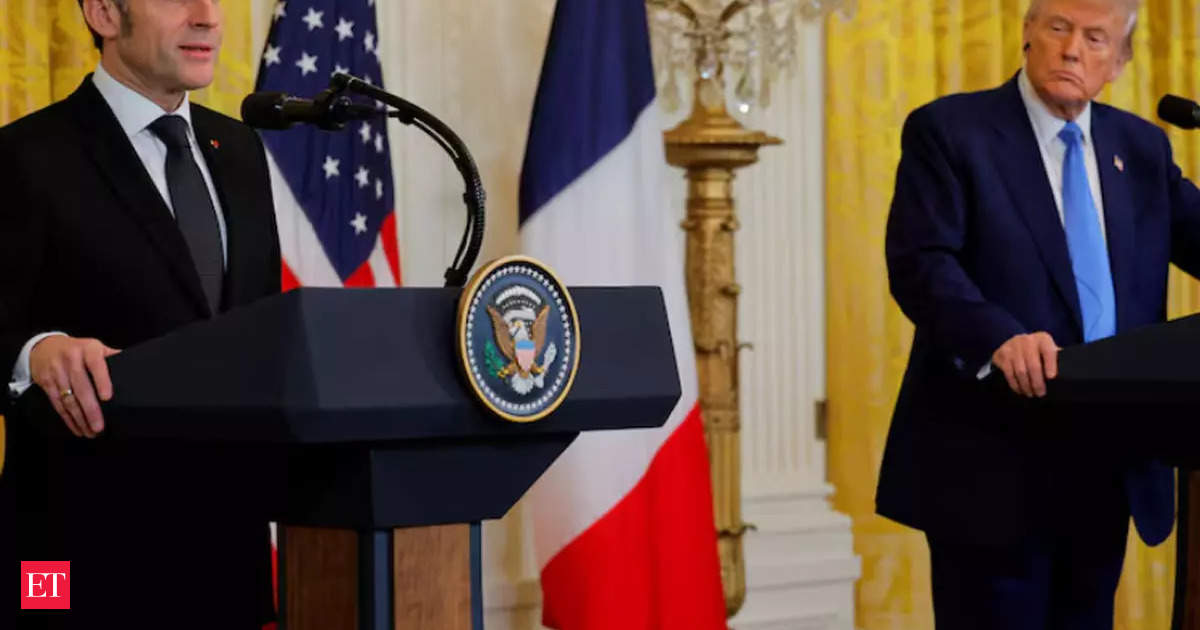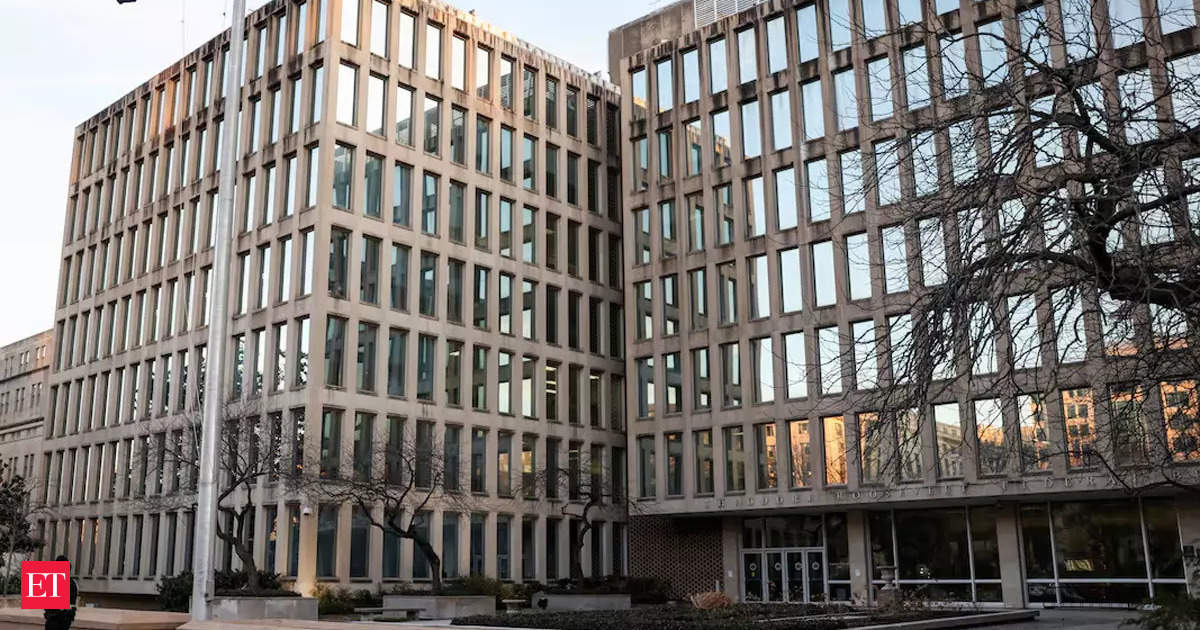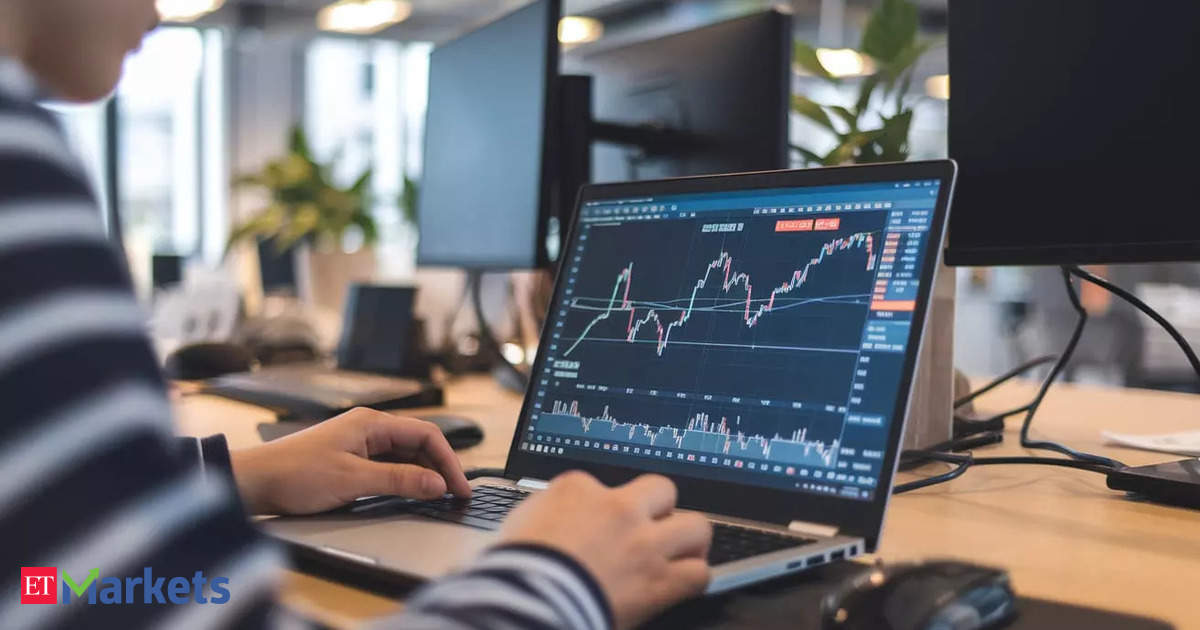Dismissing the white papers presented by the government in the Assembly as utter lies, the BRS working president K.T. Rama Rao tried to set the record straight by presenting his set of figures on debts acquired from the Comptroller and Auditor General (CAG) and NITI Aayog reports. In a presentation titled ‘Sweda Patram’ (Document of Sweat) at the Telangana Bhavan on Sunday, Rama Rao ridiculed the government’s claim of ₹6,71,757 crore debts and said the actual figure was ₹3,17,015 crore. He accused the government of conveniently suppressing figures or using them to its advantage to present an inaccurate report.
Rama Rao urged the government not to belittle the achievements of Telangana and destroy its image. He emphasized that Telangana is leading in several sectors and cannot be portrayed as a failed state. Contradicting the government’s figures, he stated that as per the Fiscal Responsibility and Budget Management (FRBM) Act norms, Telangana’s total debt was ₹3,89,673 lakh crore. He further explained that of this amount, ₹72,658 crore was inherited from the combined Andhra Pradesh, and removing this figure, the loans taken by the BRS government stood at ₹3,17,015 crore only.
Rama Rao alleged that the government deliberately presented exaggerated figures by clubbing government-guaranteed and non-guaranteed loans together. He claimed that loans guaranteed by the government and serviced by Special Purpose Vehicles (SPVs) were ₹1,27,208 crore, while government-guaranteed loans serviced by SPVs were ₹95,462 crore. Loans raised and serviced by SPVs, Corporations, and Institutions, which were not guaranteed by the government, amounted to ₹59,414 crore. Rama Rao also mentioned that the loan in the Civil Supplies Corporation, which was ₹56,000 crore, actually contained money obtained for paddy purchase payments to farmers, which is immediately repaid after the paddy sale. He clarified that the actual loan in the civil supplies sector was only ₹21,029 crore.
Referring to the White Paper presented in the Assembly, Rama Rao highlighted that it mentioned ₹13.72 lakh crore spent during the BRS regime in the last 10 years, while the figure was significantly lower at just ₹4.98 lakh crore in the last 60 years. He argued that this indicated how Telangana has greatly benefitted being a separate state.
Moving on to the power sector, Rama Rao revealed that the total expenditure during the BRS regime was ₹1,37,517 crore, but the present value of the assets created was ₹6,87,585 crore, which is five times higher. He questioned how investments in power production capacity, which increased from 7,778 MW to 19,464 MW, could be considered as a debt.
In the agriculture sector, Rama Rao mentioned that ₹36,899 crore was spent annually for providing 24-hour free electricity, ₹30,000 crore was disbursed for loan waivers benefiting 58.29 lakh farmers, ₹73,000 crore was allocated for the Rythu Bandhu scheme, and ₹1,34,768 crore worth of grain was procured in nine years. He emphasized that these were investments and not debts, as they led to an increase in cultivated land from 1.31 crore acres to 2.68 acres annually and a rise in grain production from 68 lakh tonnes to 350 lakh tonnes.
Discussing the irrigation sector, Rama Rao stated that the total outlay in this sector was ₹1,76,000 crore, with the construction of reservoirs worth 204 TMCs. He highlighted the stability brought to 50 lakh acres of cultivated land and the plan to bring an additional 30 lakh acres under irrigation in the next three years. While acknowledging minor issues in the Kaleshwaram project, he emphasized that they should not undermine the project’s utility, urging the present government to take advantage of the facilities created and further improve.
In conclusion, K.T. Rama Rao’s presentation counters the government’s claims by providing alternative figures. He accuses the government of misrepresenting Telangana’s assets as debts and manipulating data to present an exaggerated debt amount. Rama Rao highlights the achievements in Telangana’s power, agriculture, and irrigation sectors, emphasizing that the investments made have resulted in significant growth and should not be considered as debts.










